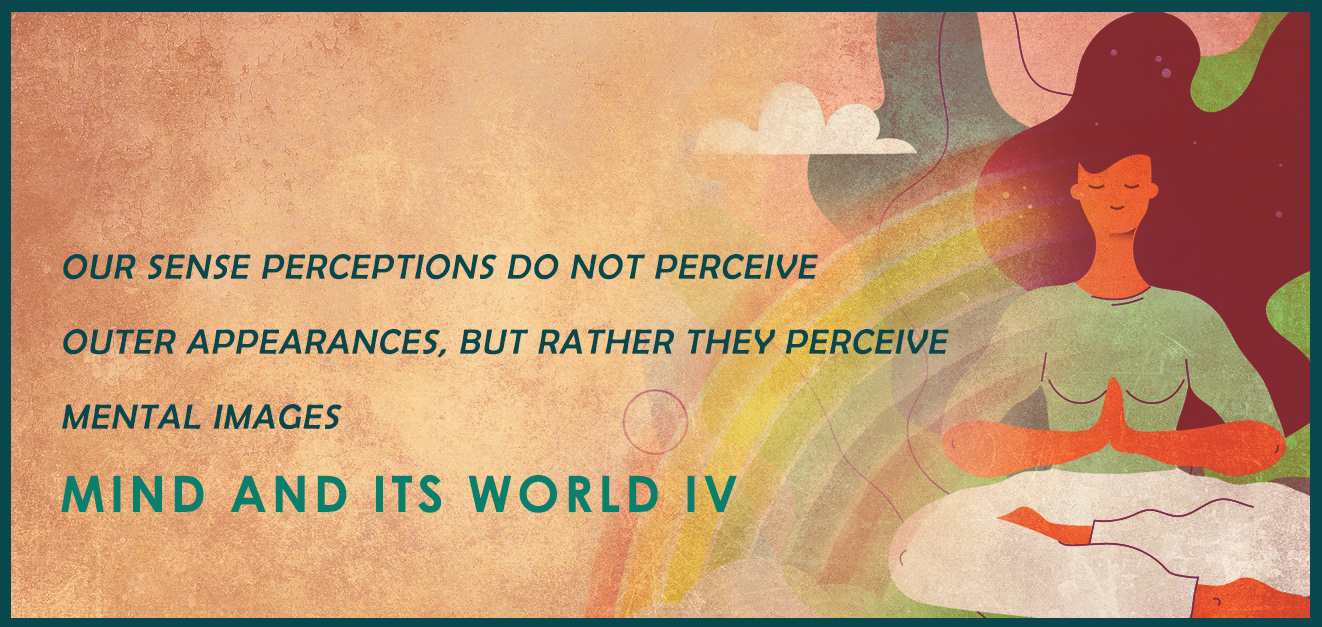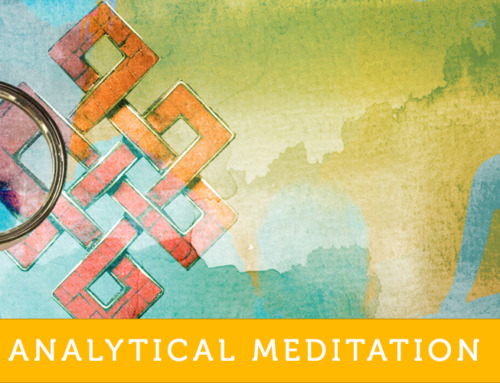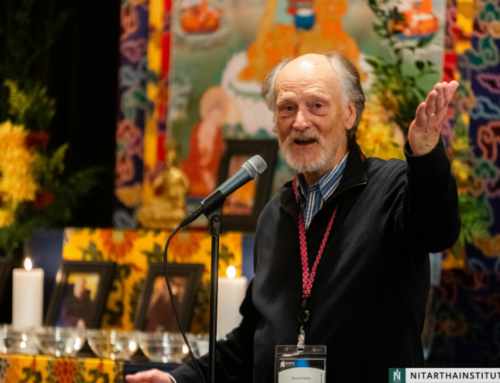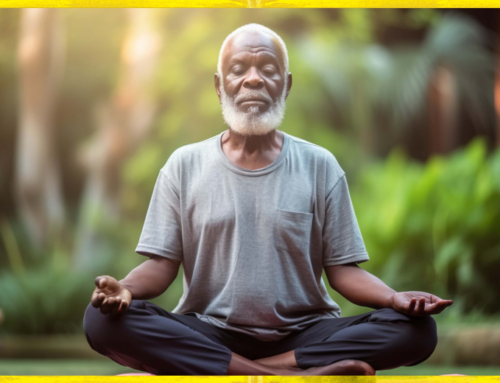What is a path? It is something that, once we have entered it, will bring us to more supreme states.
The previous blog discussed one aspect of the view of the Sautrantika philosophical system — that our sense perceptions do not perceive outer appearances, but rather they perceive mental images. The path, or meditation, offers an opportunity to experience the phenomena described by the view. In fact, what appears during meditation is precisely that which is presented by the view. Having studied the view, we can then bring clarity to our meditative experience. This is the very purpose of studying the view at Nitartha Institute – to help us gain clarity about what we experience when we meditate.
What is a path? It is something that, once we have entered it, will bring us to more supreme states – one of which is mundane, or a higher state within this world of samsara, and the other is supramundane, which transcends this world altogether.
“Us” in this definition refers to mind, bringing “us” to more supreme states is bringing the mind to more supreme states. In fact, the path is nothing other than the mind itself — a way of working with and transforming it.
The path in this foundational system consists of the classical division of shamatha, or calm-abiding, and vipashyana, or superior insight. We must calm our minds before we can train them with vipashyana, and this course covers three methods for calming our minds: meditation on repulsiveness, meditation on the breath and the nine methods of mental abiding.
The first, meditation on repulsiveness, is a remedy for being excessively engaged in desire. When we fixate on outer forms, albeit thinking something is beautiful or ugly, that fixation agitates the mind. Though the name seems to imply that the result will be that we experience repulsion, this method is actually a way to calm the fixated mind. This course details the specific steps for practicing this type of meditation.
Meditation on the breath, or mindfulness of breathing, is the heart of shamatha; it is a remedy for excessive engagement in conceptions. The breath is always available to us, it is happening in every moment, and using it in meditation brings us into the present. This course explores three methods for working with the breath.
The nine methods of mental abiding serve as a basis for becoming a noble one. Perhaps you have seen the diagram of the monkey, elephant and monk. This classic depiction describes how, as our attention is placed closer and closer to the object of meditation, our mind becomes able to concentrate on its object with less and less effort until it finally stays there without any effort whatsoever. In this way the mind becomes pacified.
Calm-abiding meditation is not uniquely Buddhist. Different methods of shamatha are practiced by many traditions and for different reasons. For meditation to be a Buddhist practice it must include vipashyana, or insight meditation. But we cannot skip over calm-abiding meditation and jump straight into insight meditation. While shamatha alone will not get us out of this samsaric world, it is a crucial foundation for the practice of vipashyana, and vipashyana can lead us out of cyclic existence. Joining calm-abiding with insight meditation is a uniquely Buddhist practice. We will discuss vipashyana further in the next blog.
Mind and Its World IV starts Sunday, January 22, 2023. Join Dr. Sandra Roscoe and Susan Stewart in the exploration of aspects of the view of the Sautrantika philosophical system and the foundational path to liberation, as well as the result that is gained by practicing that path. We will do analytical meditation at various points throughout the course to deepen our understanding of what we are studying and how it relates to our present-day lives. Registration will open soon.





